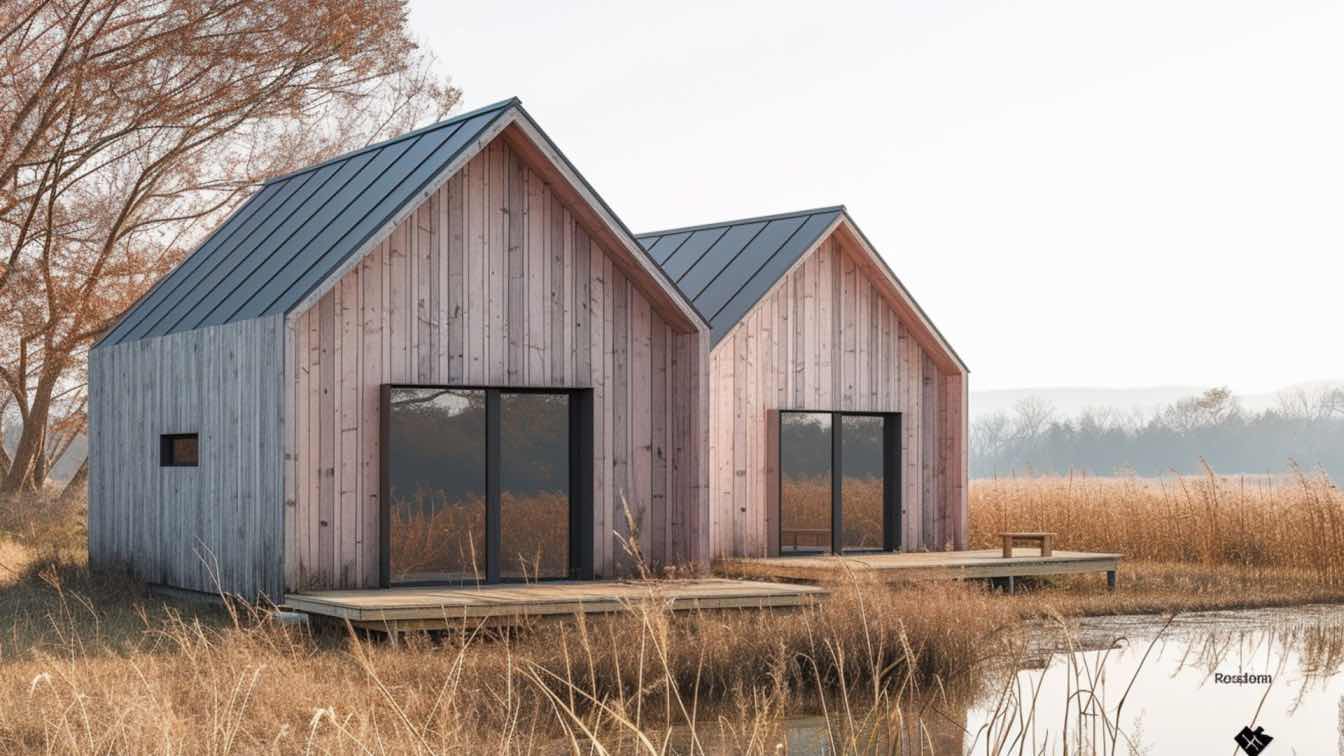Spring thunderstorms can damage your home and roof through rain, hail, high winds, and lightning. Lightning is a naturally occurring electrostatic discharge.
Most lightning strikes cause damage through the large current flowing in the return stroke or through the heat generated by this current flow, and the continuing current. During a storm, air current and moisture move around. Then negative and positive electric charges connect and form a spark, discharging the buildup of energy. Most of the time, that energy generates heat: lighting strikes are almost 36,000 degrees Fahrenheit.
Your home may face various damages, such as fire risk, roof damage, water pipe damage, etc. because of lighting. Let's talk about some of those damages that can be caused by lighting.
Roof Damage:
As your roof is the highest point of your house, the chance of lightning strikes is higher and can create massive damage.The damages include:
1- It can leave a hole behind your roof if lightning strikes your house just right.
2- Your roof may fall
3- Your home’s electric connection may be damaged.
4- The roof may catch fire and create severe damage.
The roof of the house is the nearest and scariest place for lightning. If you’ve experienced a particularly bad storm and you’re not sure how to tell whether or not your roof was struck by lightning, then look for the signs, such as water leakage from pipes, hole in the ceiling, Shingles are Falling Off, etc.
Fire Danger:
Lighting creates High temperatures. Any flammable material in your home can put you at a higher risk of fire because of the high lighting temperatures. Lighting can create fire directly. If current passes through and heats flammable materials, then fire catches massively. Your valves, regulators, appliance connector, gas pipe, etc. may damage because of that fire.
However, stone-coated steel or metal roofs can create less damage than asphalt shingles or wood roofs.
Shock Waves:
Usually, we know the shock wave as thunder. It can be extremely devastating for your home, causing structural degradation and cracking in concrete, brick, cinderblock, and stone. Brick and stone Chimneys are more at risk for this type of damage, as the vibration of lighting can damage the mortar.
If you hear the thunder sound, you are within 10 miles of a storm—within the strike zone for dangerous lightning. Seek shelter and take precautions as indicated here to avoid being struck. It is safest to wait at least 30 minutes after the last clap of thunder before leaving a protected area.
Water and Pipes:
Water is a good conductor of electricity. Those who live around the water or whose house is flooded are at high risk during lighting as lightning is a naturally occurring electrostatic discharge.
So we can say now through a water pipe and lines our home may damage during a thunderstorm. We should avoid watery things and places in our home when there is lightning danger in the area.
What to Do If Lightning Strikes Your Home:
If your home hits by lightning, check carefully if there are any fires or scorching, especially in the attic. If you notice any fire occurrence, immediately call the fire department. Do not touch any electrical things or damp places. It may give you an electric shock or create fire.
After the storm, evaluate your home and roof's damage and prepare your home before another massive storm hits.
Take help from a professional contractor to schedule a complete inspection of your roof, chimneys, roofing shingles, siding, gutters, and walls for damage. Maybe You need to replace or repair shingles, siding, insulation, or windows that have been damaged.





